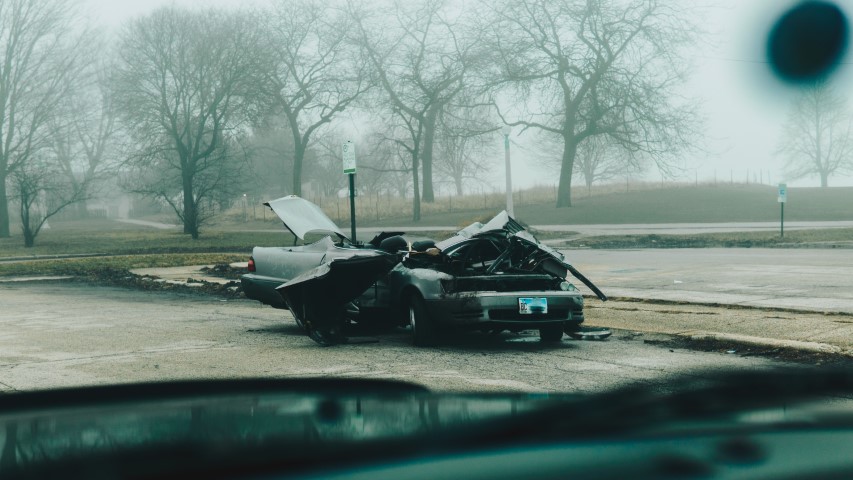 Going through a car accident is never a fun experience. It’s even less fun when you’re trying to file a claim and going through insurance companies to pay for damages. It’s important to be prepared with the right evidence when you’re ready to file your claim.
Going through a car accident is never a fun experience. It’s even less fun when you’re trying to file a claim and going through insurance companies to pay for damages. It’s important to be prepared with the right evidence when you’re ready to file your claim.
When you’ve been in a car accident, many diverse categories of evidence can be used to back your case. The evidence can ascertain who to blame for the fortune and support the damages you are claiming.
Here are the different sorts of evidence you may need to include in your car accident claim:
1. Police Report
As 216lawyers.com explains, one of the significant portions of proof in a car accident assertion is the police report. This report will include information about the accident, such as where it occurred, who was involved, and what happened. While the officer’s report may not be tolerable in judicature, it can help support your claim. The officer’s conclusions in the report can also be used to help show negligence on the other driver’s part.
2. Medical Records
If you were incapacitated in a car accident, you need to include medical records as part of your claim. These will assist in documenting the harm you sustained and the treatment you received. Make sure to keep all medical records, including receipts, so that you can include them in your claim. Proving the extent of your injuries is crucial in a car accident claim, so these records will be vital.
3. Eyewitness Statements
Most car accidents will have at least one eyewitness. If you have an eyewitness who saw the accident, ensure to get their contact information and a statement from them. This will help to corroborate your story and add more weight to your claim. Their statements can be used even if they are not present to testify in court.
4. Photos and Videos of the Accident
If you have any photos or videos of the accident scene, include them as part of your claim. These can help show what happened and how the accident occurred. Photos and videos can be helpful in proving your case, especially if they demonstrate the damage to the vehicles or the injuries sustained.
5. Vehicle Debris and Wreckage
Investigating vehicle debris and wreckage can be crucial in understanding how an accident happened. This type of evidence can help to show the point of impact and the force of the collision. The speed and direction of the vehicles can also be determined by looking at the debris and wreckage. Other debris, such as shredded tires and brake lines, can assist in establishing whether the producer or another vehicle had a malfunctioning part.
6. Surveillance Footage
If the nearby area has surveillance cameras, the footage from those cameras can be used as evidence in a car accident claim. This footage can help to corroborate other evidence and show what happened leading up to and during the accident. Remember that surveillance footage evidence should be legal to obtain and reviewed by an attorney before being submitted to the insurer.
In conclusion, a car accident can be a very stressful and traumatic event. But if you have the right evidence, you can make a strong car accident claim. Including the evidence, you need will help support your case and give you the supreme chance of getting the full compensation you deserve.










